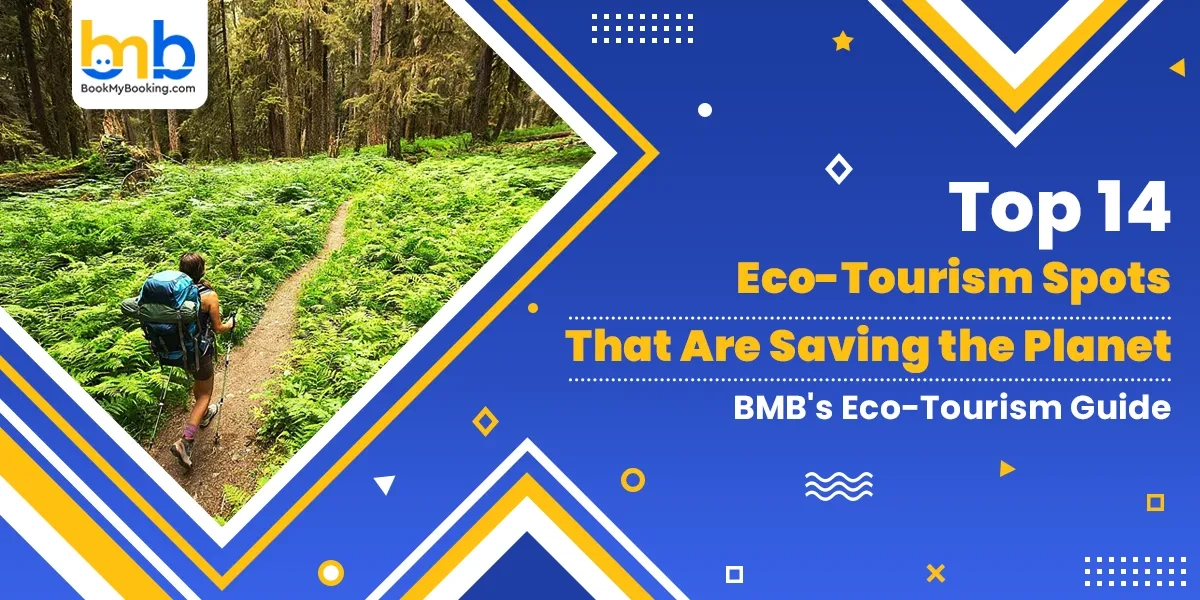When you dream of travel these days, you likely imagine more than just beaches and museums; you envision travel that makes a difference. At BMB's Eco-Tourism Guide, we craft experiences for the conscientious explorer. Our list of eco-tourism destinations is curated to inspire wonder and save the planet. From tropical rainforests dense with rare species to remote archipelagos shaping marine preservation policy, these top locations combine immersive adventure with measurable impact. These spots are designed to support local communities, protect biodiversity, and educate travellers through ethical experiences.
As you scroll through our specially selected eco-tourism destinations, expect tips on when to go, what makes each unique, and how your visit contributes to conservation.
So, let’s begin.
1. Osa Peninsula, Costa Rica
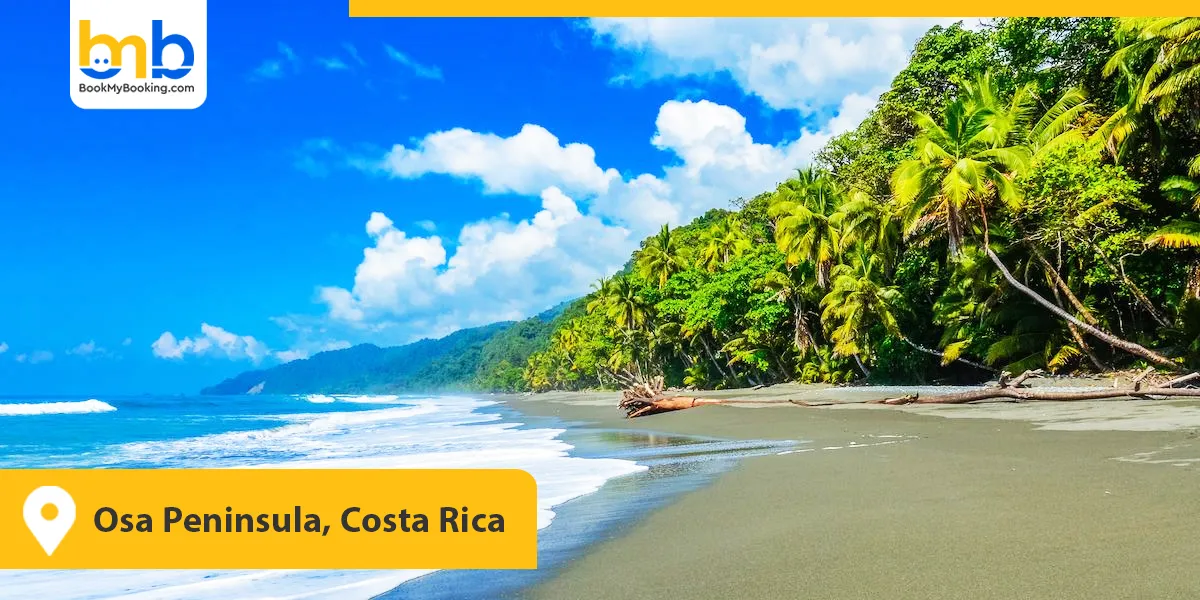
Costa Rica's Osa Peninsula is world-famous for being one of the most biodiverse eco-tourism destinations. The area features tiny, solar-powered lodges run by neighbourhood cooperatives and spans gorgeous beaches, mangrove estuaries, and isolated woods. Naturalists who lead trails in Corcovado National Park share local folklore and conservation insights. Visitors can participate in ranger-led wildlife tracking, tree planting, and turtle monitoring with little disruption. The region exemplifies ethical wildlife tourism, ensuring that interactions with jaguars, tapirs, scarlet macaws, and sea turtles are managed carefully to avoid stress. Many accommodations offer carbon-neutral vacations by measuring guest energy use, offsetting emissions through local reforestation, and eliminating single-use plastic.
Dining is farm-to-table, and water recycling systems are standard. Osa's deep-rooted local community involvement shows why it's regarded as one of the best eco-tourism spots in Latin America. Through village visits, visitors learn about ecosystem health, sustainable agriculture, and cultural heritage. This destination offers immersive adventure that aligns with conservation values and serves as a global model for planet-saving travel spots.
- Best time to visit: December through April, when trails are dry, wildlife is easier to spot, and sea turtle nesting peaks.
2. Bardia National Park, Nepal

Hidden in western Nepal, Bardia National Park is a treasure for those who seek raw, untouched wilderness. Unlike its better-known counterparts, Bardia offers an intimate, eco-friendly travel destination experience, allowing travellers to spot elusive Bengal tigers, elephants, and gharials with minimal human footprint. Community-run lodges employ local Tharu people and use solar panels, composting toilets, and organic food. Jungle safaris are on foot or by jeep, led by eco-certified guides trained in ethical wildlife tourism and habitat protection.
This destination stands with its moral of eco-tourism, with its emphasis on biodiversity and local empowerment. Travellers can participate in conservation workshops or help document wildlife behaviour for park authorities. It's featured in numerous green travel guides for its grassroots conservation efforts and authentic cultural exchanges. The park's commitment to zero plastic use and rainwater harvesting promotes the idea of eco-conscious travel. Visitors leave with a richer understanding of conservation challenges and successes.
- The best time to visit is from October to March, when the climate is pleasant and wildlife sightings are more frequent in the open grasslands.
3. Tasmania's Tarkine Rainforest, Australia
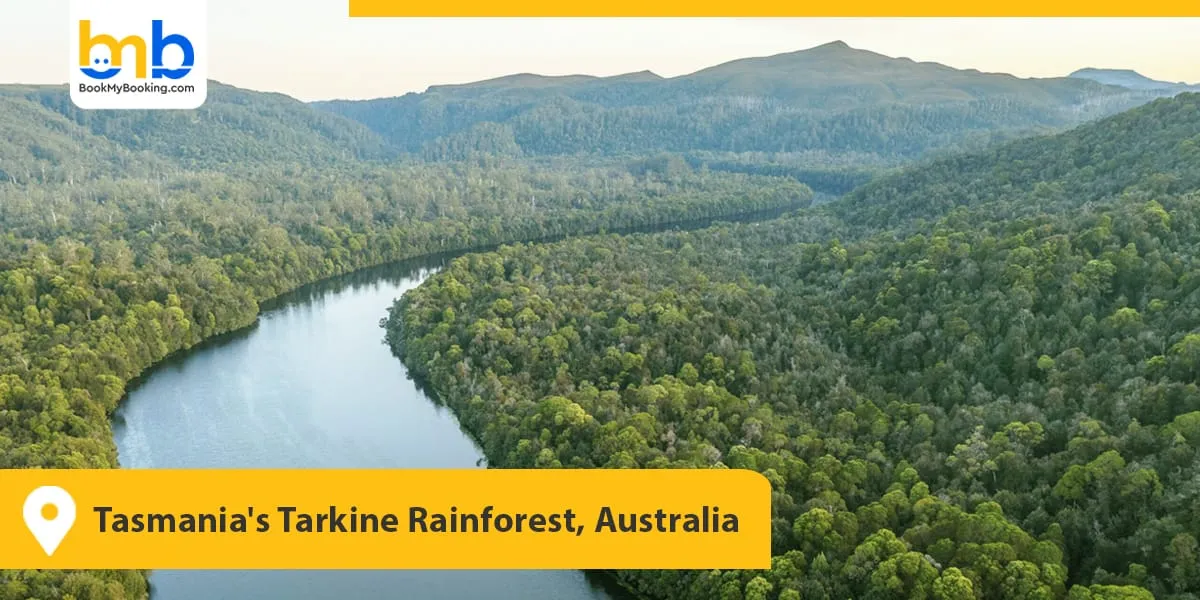
The Tarkine in northwest Tasmania is one of Earth's last remaining temperate rainforests and among the top eco-tourism locations for immersive wilderness travel. Home to ancient trees, Aboriginal heritage, and rare wildlife like the Tasmanian devil, the region encourages minimal-impact exploration. Local eco-lodges operate using renewable energy and sustainable materials. Guided treks and kayaking tours support responsible tourism destinations principles with small groups, no waste left behind, and complete respect for nature.
Tarkine's fusion of indigenous culture, environmental activism, and adventure makes it one of the best eco-tourism spots. Eco-camps run by conservation groups welcome volunteers who help monitor old-growth forests and advocate against deforestation. This region supports conservation tourism efforts, and visitor contributions often go directly to forest protection campaigns. You'll also find eco-art installations that share the stories of native flora and Aboriginal mythology.
With fresh air, no light pollution, and near-total silence, it's a destination that truly rejuvenates. The place will provide you with its tranquil, educational, and impactful experience.
- The best time to visit is November to March, which offers warm temperatures, clearer trails, and fewer leeches in the wetter zones.
4. Bwindi Impenetrable Forest, Uganda
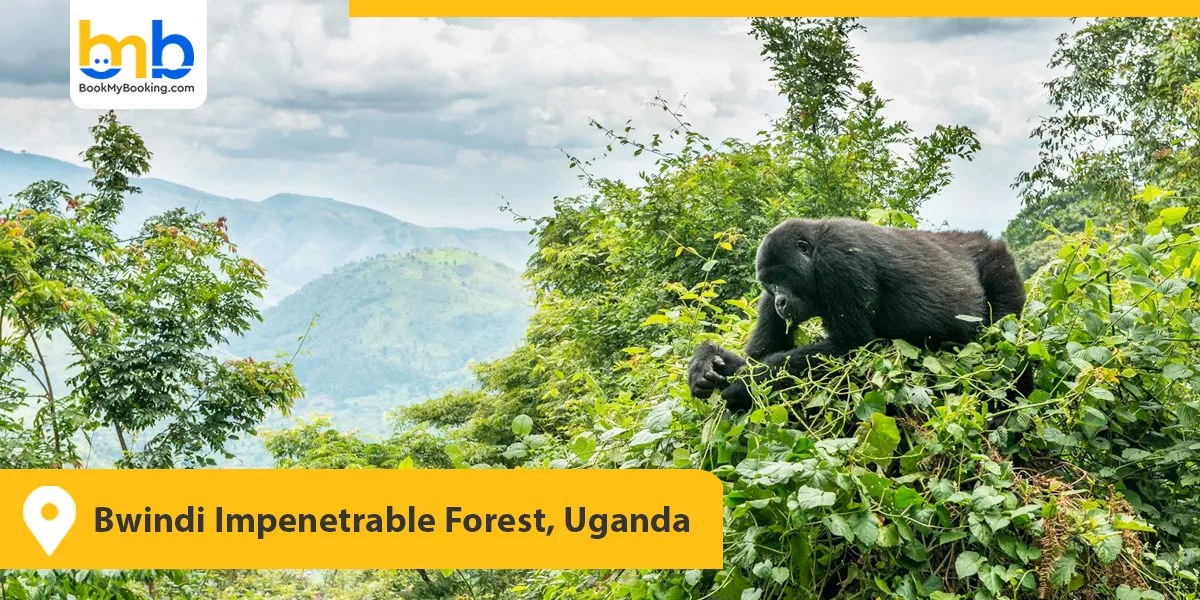
Bwindi is a sanctuary for one of the world's most endangered species: the mountain gorilla. Located in southwestern Uganda, this UNESCO World Heritage site ranks among Africa's premier eco-tourism destinations. Gorilla trekking is highly regulated, with limited permits issued daily to ensure minimal disruption to the apes and forest. This methodical approach exemplifies ethical wildlife tourism and directly funds anti-poaching units and ranger training programs.
Lodges in the area follow eco-conscious travel principles, employing locals, building with natural materials, and using hydroelectric power. You can also engage in cultural experiences with the Batwa community, one of the region's oldest indigenous groups. Many visitors also participate in tree planting and habitat restoration activities as part of their stay. As part of eco-friendly travel destinations, Bwindi offers an unmatched experience where luxury meets purpose. It's a place where your presence protects wildlife, funds local education, and helps forests flourish.
- The best times to visit are June to September and December to February, which are the dry seasons and best for trekking.
5. Palau, Micronesia
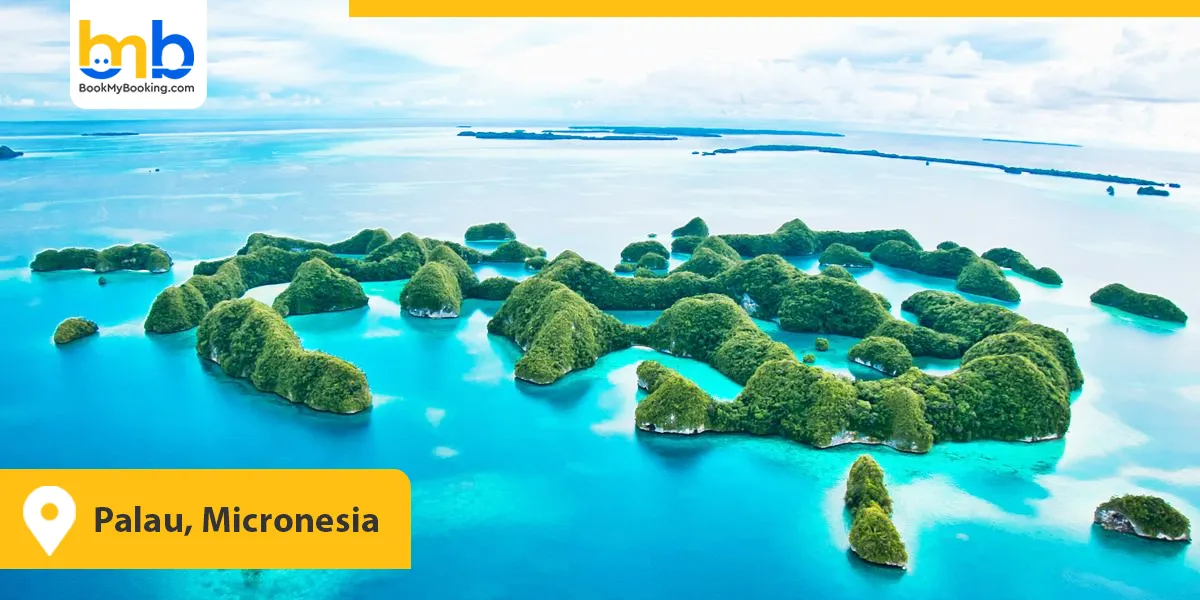
Palau, a remote paradise in Micronesia, has emerged as one of the standout eco-tourism destinations in the world. What makes it unique is the Palau Pledge, a mandatory agreement that every traveller signs upon arrival, committing to respectful and sustainable behaviour. This bold initiative, backed by local leadership, showcases how small nations can lead by example in protecting natural resources.
Over 80% of Palau’s marine territory is a sanctuary completely off-limits to fishing or anchoring. This policy has transformed its turquoise waters into havens for coral reefs, reef sharks, manta rays, and sea turtles. Ethical snorkelling and diving tours are conducted under strict “look but don’t touch” guidelines, supporting ethical wildlife tourism practices. Eco-lodges are designed with solar power, composting systems, and plastic-free operations. Many tour operators here support carbon-neutral vacations by donating to marine conservation and organising mangrove reforestation.
- Best time to visit: November to April (for dry weather and ideal visibility).
6. Palawan, Philippines
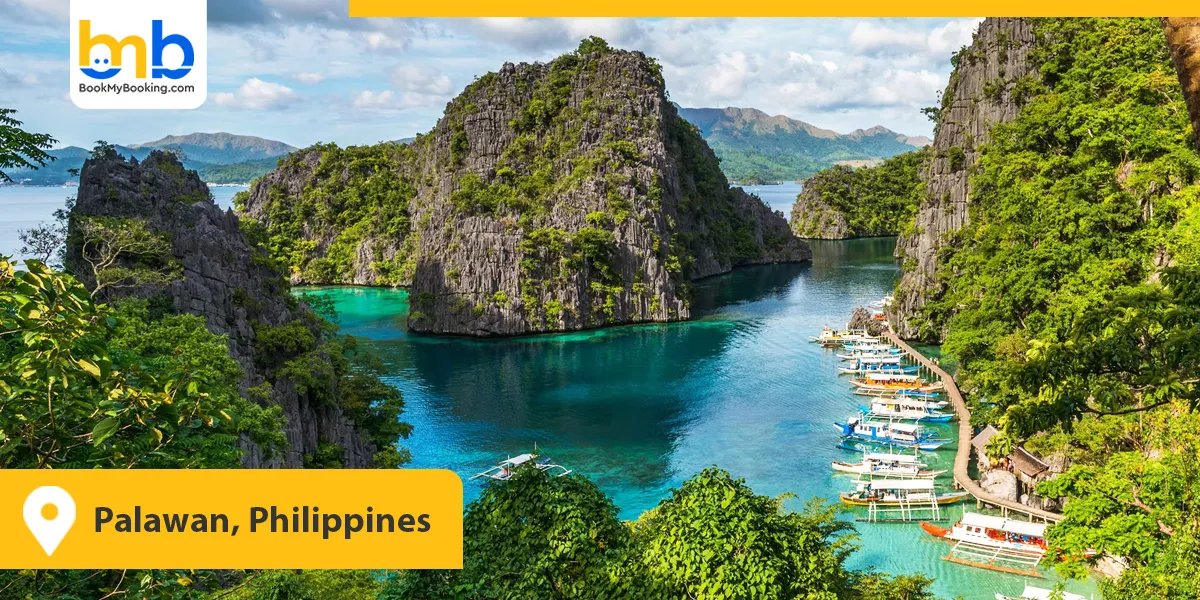
Palawan is often dubbed the “last ecological frontier” of the Philippines—and with good reason. This island province, known for its dramatic limestone cliffs, coral reefs, and underground rivers, is one of Southeast Asia’s top eco-tourism locations. Resorts in El Nido and Coron are pioneers in zero-waste hospitality and reef-safe policies. Solar-powered bungalows and rainwater collection are standard, highlighting its commitment to eco-conscious travel. Diving with dugongs, island-hopping via traditional bangkas, and mangrove paddle tours all follow sustainable travel spots protocols. Locally owned operations provide meaningful employment while protecting marine ecosystems.
Palawan also supports active reforestation programs and plastic-free campaigns in its coastal villages, earning its spot in leading green travel guides. Its charm lies in its natural drama, but its long-term value comes from being a planet-saving travel spot that teaches conservation through firsthand experience. Here, nature doesn’t just entertain, but it educates and inspires.
- The best time to visit is November to May, when the weather is dry, the seas are calm, and outdoor activities are at their best.
7. Lofoten Islands, Norway
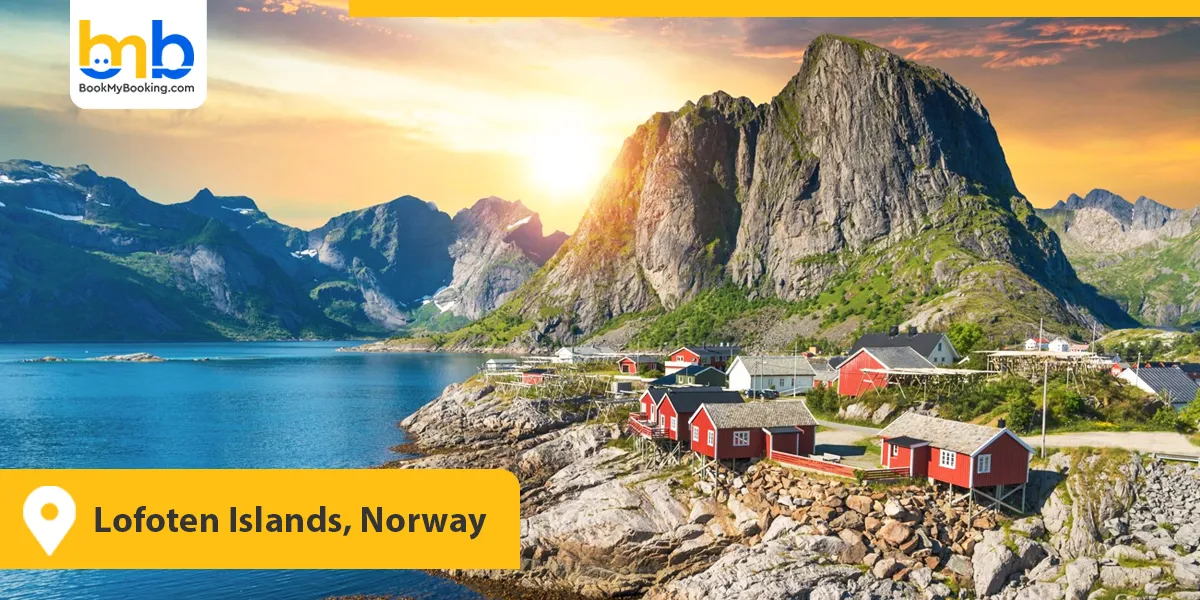
The Lofoten Islands are Arctic Norway’s gem—where jagged peaks meet deep blue fjords and fishermen’s cabins (rorbuer) have been transformed into eco-lodges. As a cold-climate eco-tourism destination, Lofoten balances tourism with preservation. Visitors can experience kayaking under the midnight sun or chasing the northern lights, each guided by operators certified in conservation tourism.
What makes Lofoten one of the best eco-tourism spots is its transparent carbon-reduction efforts. The islands are pushing toward renewable energy, and activities like cycling and low-emission boat tours are encouraged. Whale-watching tours are conducted with sonar-dampening boats and follow strict distance protocols, showcasing ethical wildlife tourism in practice. Local dining also leans into the sustainability movement, with seaweed farming and line-caught fish featured prominently. As more travellers seek carbon-neutral vacations, Lofoten serves as a northern lighthouse, showing how development and stewardship can coexist.
- Best time to visit: June to August for hiking, kayaking, and midnight sun; September to April for aurora viewing and wintry magic.
8. Andasibe-Mantadia National Park, Madagascar
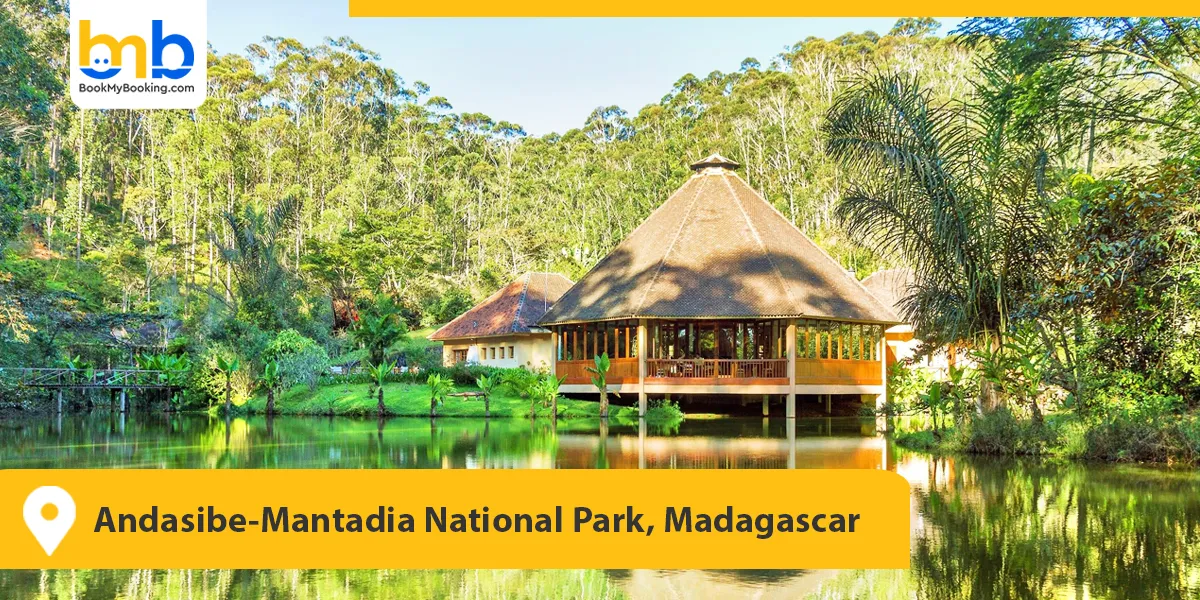
This lush rainforest park in eastern Madagascar is a haven for lemurs, rare orchids, and unique biodiversity. Andasibe-Mantadia ranks among Africa's standout eco-tourism destinations, offering rainforest hikes, night walks, and birding tours that minimise environmental impact. The park collaborates with local communities to provide eco-lodging, training programs, and conservation jobs, promoting responsible tourism on a grassroots level.
It's one of the top eco-tourism locations for primate lovers—home to the famous indri, the largest living lemur. Guides are conservation-trained, and many tour profits go directly toward habitat protection and species monitoring. This connection between travel and impact exemplifies what eco-friendly vacations should look like: educational, supportive of biodiversity, and respectful of indigenous heritage. You are often invited to participate in reforestation projects, and no single-use plastics are permitted in the park. That's why it is prominently featured in green travel guides to preserve the planet's rarest species and ecosystems.
- The best time to visit is from April to November, during the dry season when trails are easier, and wildlife sightings are frequent.
9. Lake Bled, Slovenia
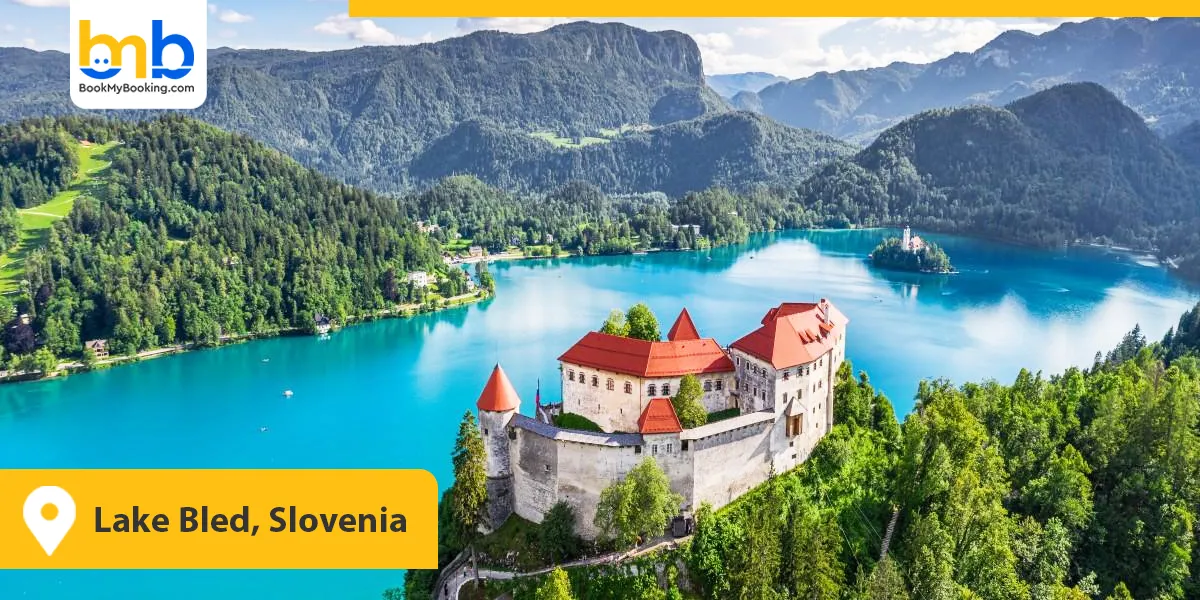
Lake Bled is a pristine alpine lake surrounded by forests, a medieval castle, and the Julian Alps, a dreamy setting that's earned its spot among Europe's most peaceful eco-tourism destinations. More than just a pretty face, Bled promotes sustainable travel spots through electric boat rentals (pletna), plastic-free tourism efforts, and local farm-to-table culinary experiences. Hiking trails, forest walks, and glacial lake swimming are managed under responsible tourism initiatives.
The town actively limits car traffic in favour of cycling, and several accommodations are Green Globe-certified. Many visitors opt for eco-friendly vacations here because of the community's active role in environmental education and water protection. Lake Bled is a fine example of how highly photographed locations can thrive without ecological compromise. Tourists leave with memories and a deeper understanding of sustainable alpine tourism.
- The best time to visit is May to September for outdoor activities and warm weather; December to February for a snowy, tranquil escape.
10. The Azores, Portugal
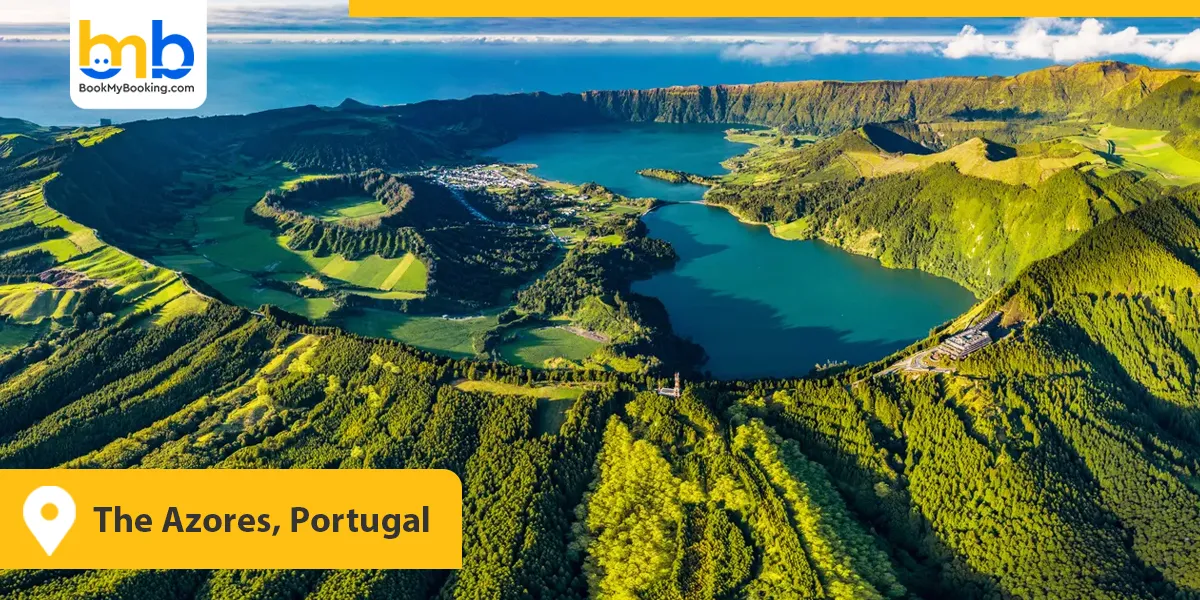
Nine volcanic islands in the North Atlantic, the Azores, are textbook examples of eco-conscious travel done right. Protected marine parks, geothermal energy, and strict building codes have helped preserve these islands from overtourism. Whale watching here is led by researchers, making it one of Europe's top spots for ethical wildlife tourism.
The Azores feature hiking trails across lava fields, crater lakes, and hot springs. Local farms support farm-to-table initiatives, and even souvenir shops promote recycled, local handicrafts. As one of the best eco-tourism spots in the Atlantic, it champions planet-saving travel through wind, hydro, and geothermal energy use across the islands. From São Miguel to Flores, the emphasis is on immersion without interference. It's the kind of eco-tourism destination where natural beauty isn't just enjoyed, it's fiercely protected.
- The best time to visit is April to October, when the weather is mild, and most trails and marine tours are operational.
11. The Danum Valley Conservation Area, Malaysia
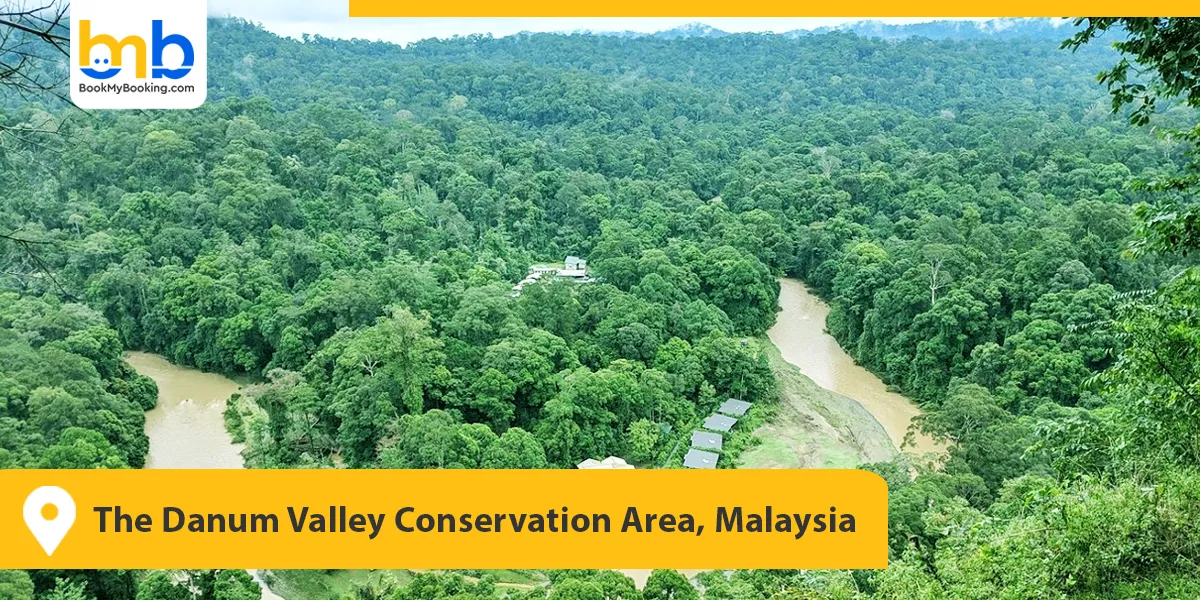
The Danum Valley, a biodiversity hotspot deep within Borneo's jungles, exemplifies Southeast Asia's dedication to environmentally conscious vacation destinations. The crown gem of ethical wildlife tourism is this unspoiled ecosystem, home to pygmy elephants, orangutans, and the elusive clouded leopard. It's one of the best eco-tourism spots in Asia for serious nature lovers seeking raw, meaningful experiences.
With no human settlements inside the reserve, Danum Valley is purely about preservation and scientific research. Travellers stay in eco-lodges that blend seamlessly into the jungle and operate on rainwater and solar energy. Guided canopy walks, night safaris, and nature treks are run by conservation-trained locals, creating a model of responsible tourism destinations that uplift communities. Danum’s commitment to limiting its footprint includes controlling the number of tourists is controlled to preserve its rich biodiversity.
- The best time to visit is from March to October, during the drier months, for easier trekking and better wildlife spotting.
12. The Galápagos Islands, Ecuador
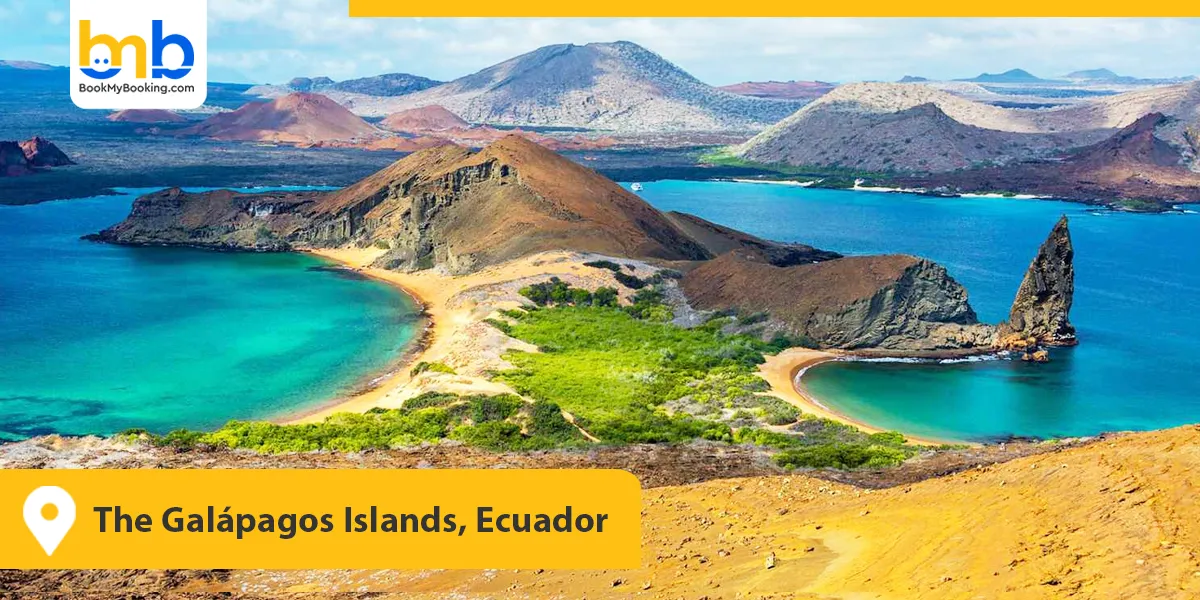
The Galápagos Islands are a living classroom of evolution and one of the world's most tightly protected eco-tourism destinations. Strict visitor regulations, sustainable cruise practices, and island-specific conservation policies help keep this natural laboratory in balance. Each island has its ecosystem, from marine iguanas on Fernandina to blue-footed boobies on Española. You can engage in conservation tourism by learning about endemic species and contributing to local research projects.
Licensed guides ensure minimal disruption to fragile habitats, and several eco-lodges practice water recycling, waste reduction, and carbon offsetting, a key component of planet-saving travel spots. The Galápagos also exemplifies how education and conservation can go hand in hand. Snorkelling and diving tours follow marine codes to preserve coral and sea life. This is truly eco-conscious travel that leaves no harm behind.
- The best time to visit is December to May for warmer waters and wildlife breeding season; June to November for cooler weather and better diving.
13. Thenmala, Kerala, India
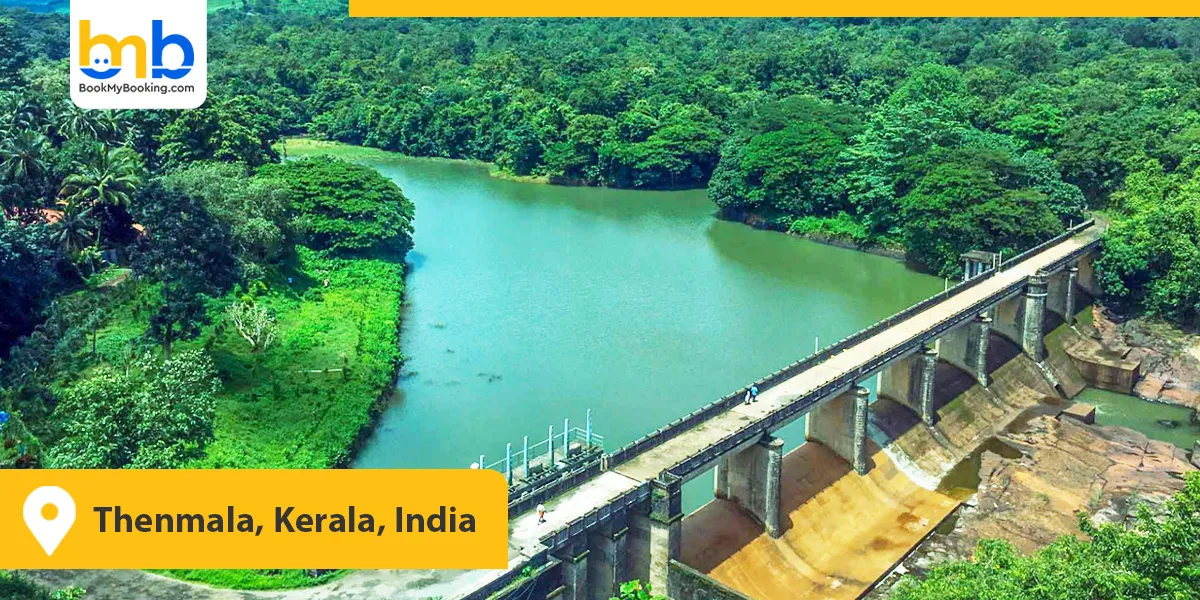
Nestled in the Western Ghats, Thenmala is India's first officially planned eco-tourism destination, blending dense forests, cascading waterfalls, and rich tribal heritage into one sustainable experience. Known for its biodiverse ecosystems and low-impact infrastructure, Thenmala sets a precedent for what eco-friendly travel destinations in India can achieve. The region is divided into three zones: Culture, Adventure, and Leisure. Each zone offers unique attractions, including nature trails, tree-top huts, rope bridges, and a musical fountain powered by solar energy.
The eco-lodges here are built using local materials and run with rainwater harvesting systems, making it a model among responsible tourism destinations. Tourists can explore the Shenduruney Wildlife Sanctuary, indulge in forest biking, or engage in community-based activities with local tribes. Thenmala is ideal for those who seek immersion in nature without harming it. It's one of the most accessible yet underrated best eco-tourism spots in South Asia.
- The best time to visit is from October to February, when the weather is cool and dry and ideal for outdoor activities.
Conclusion
Earlier travel was just ticking off places from your list, but now, choosing the right eco-tourism destinations is about making meaningful choices that benefit both the planet and its people. The best eco-tourism spots highlighted in this guide showcase how travel can be a force for good, promoting biodiversity, supporting local communities, and inspiring responsible stewardship. Whether you're seeking vibrant rainforests, pristine marine sanctuaries, or culturally rich villages, these eco-friendly travel destinations prove that adventure and sustainability go hand in hand.
At BMB, we're passionate about connecting travellers with authentic experiences that protect the environment and celebrate local cultures. Start your travel today, a green travel, a responsible one.


